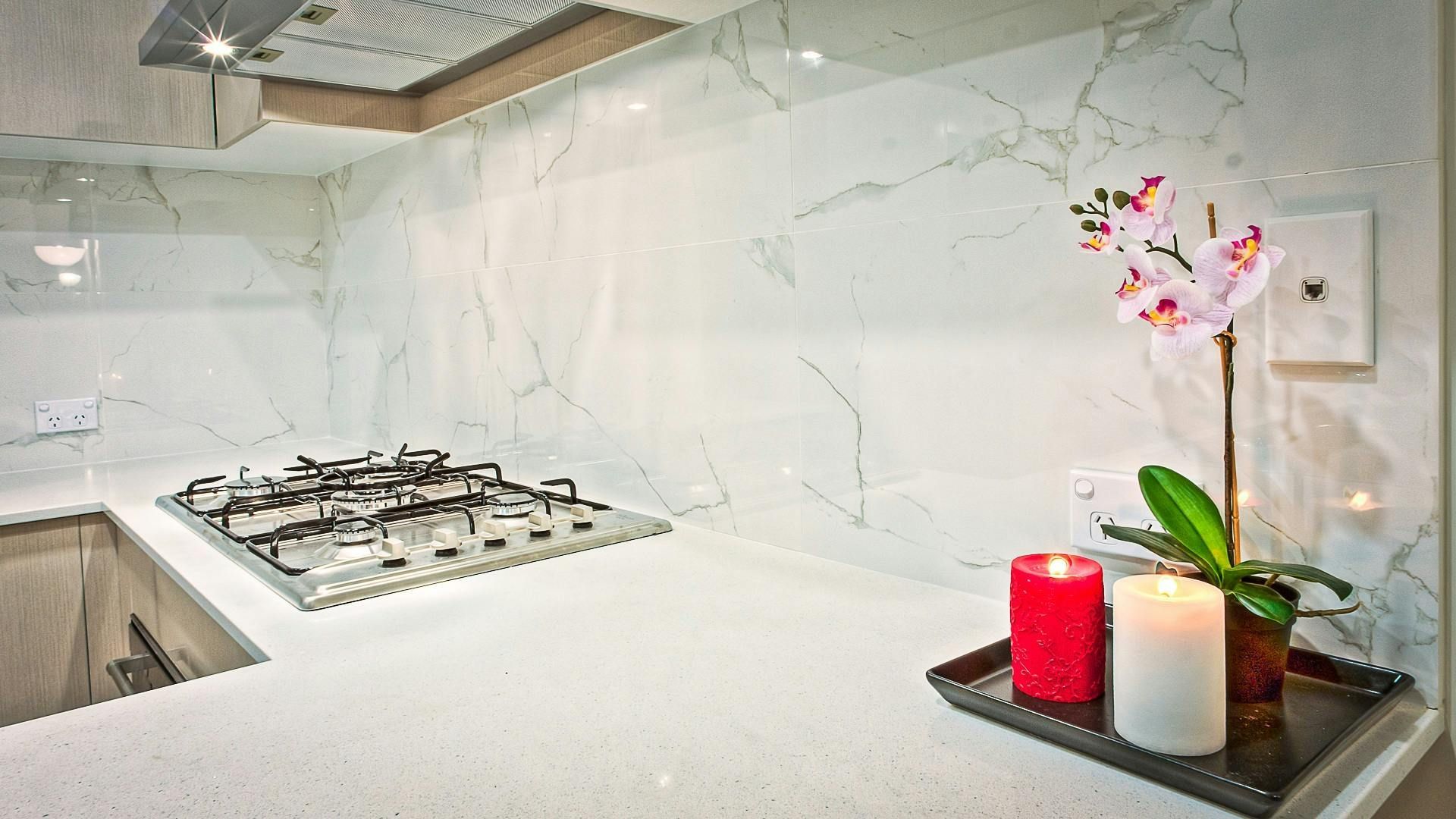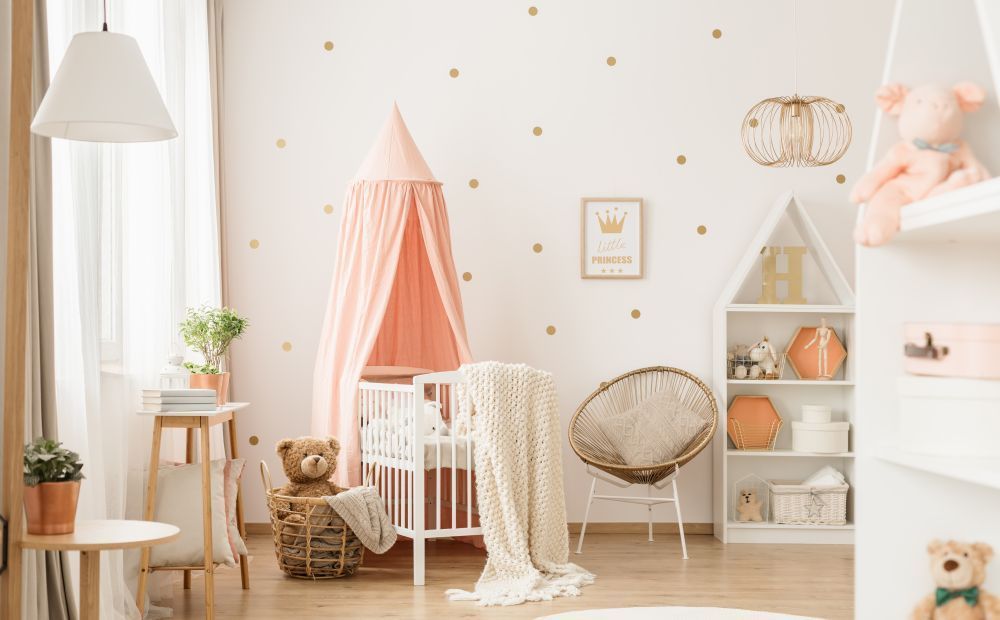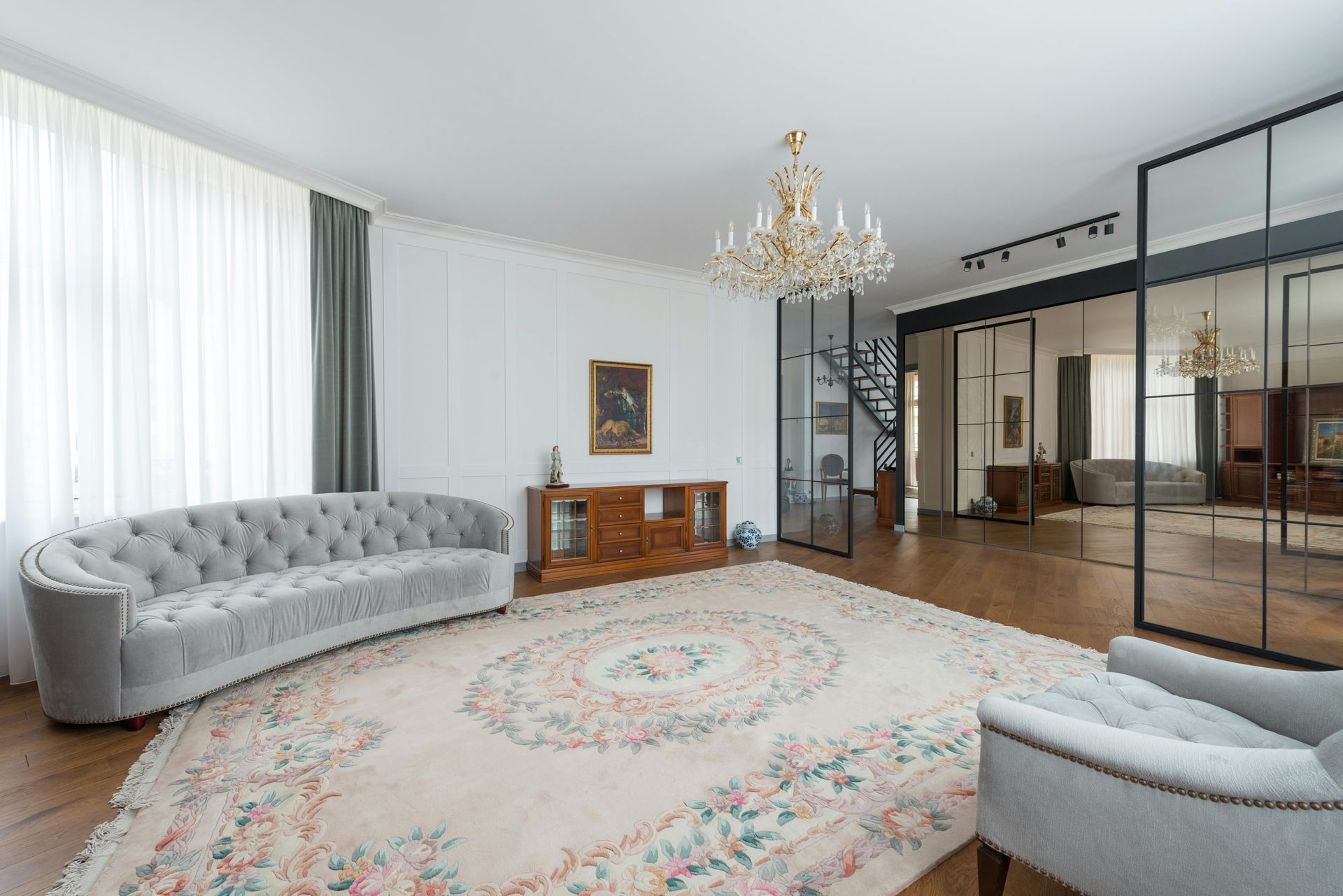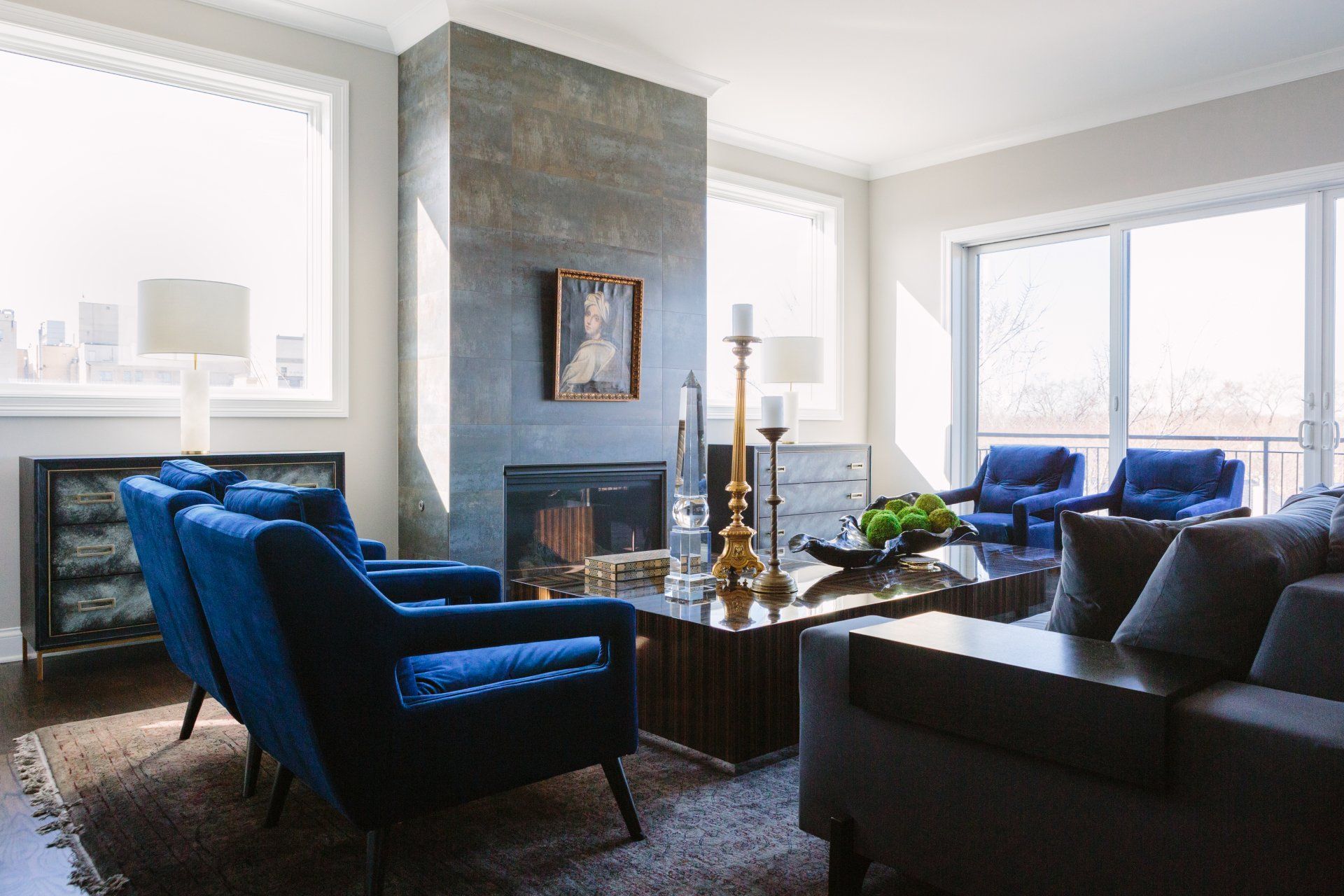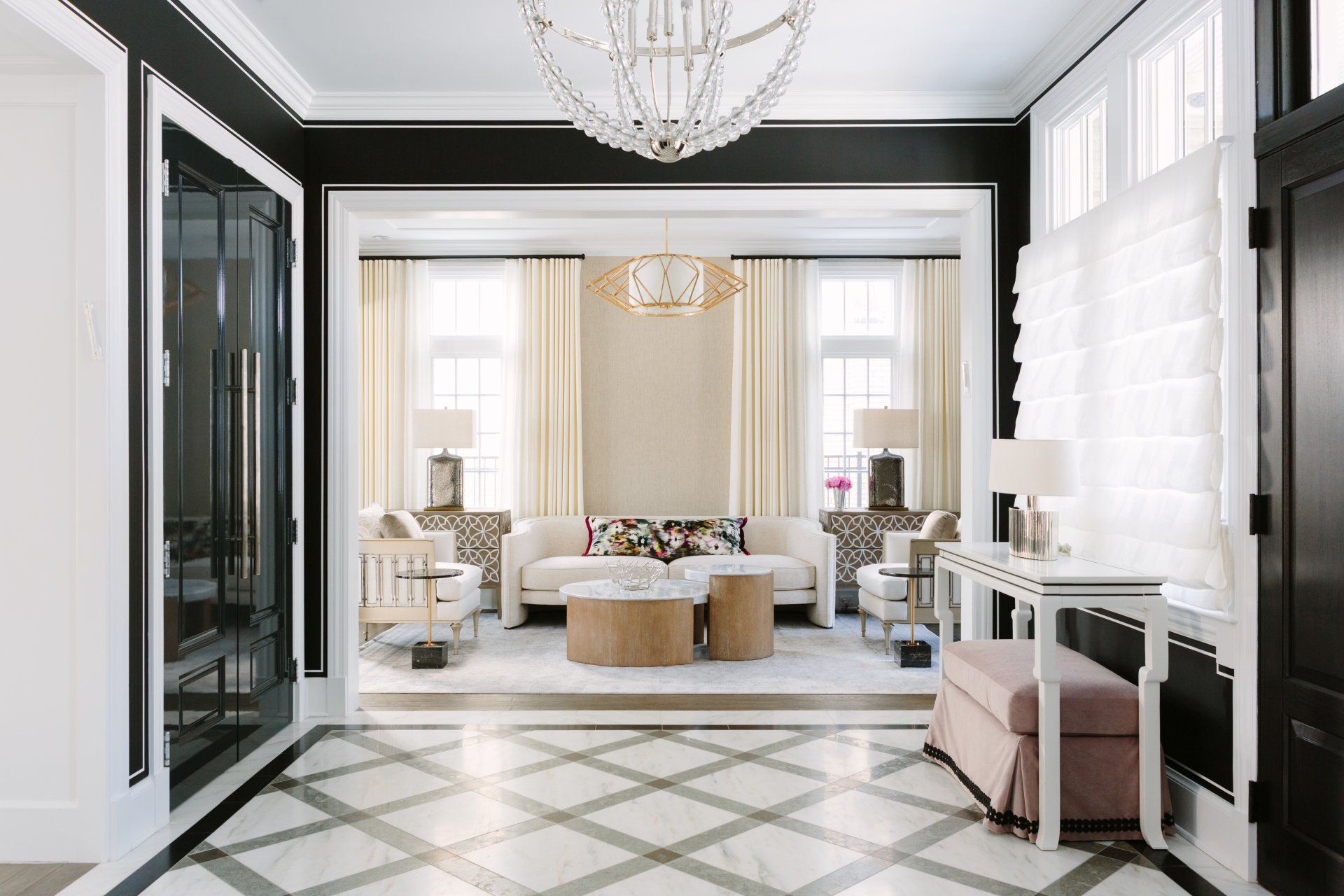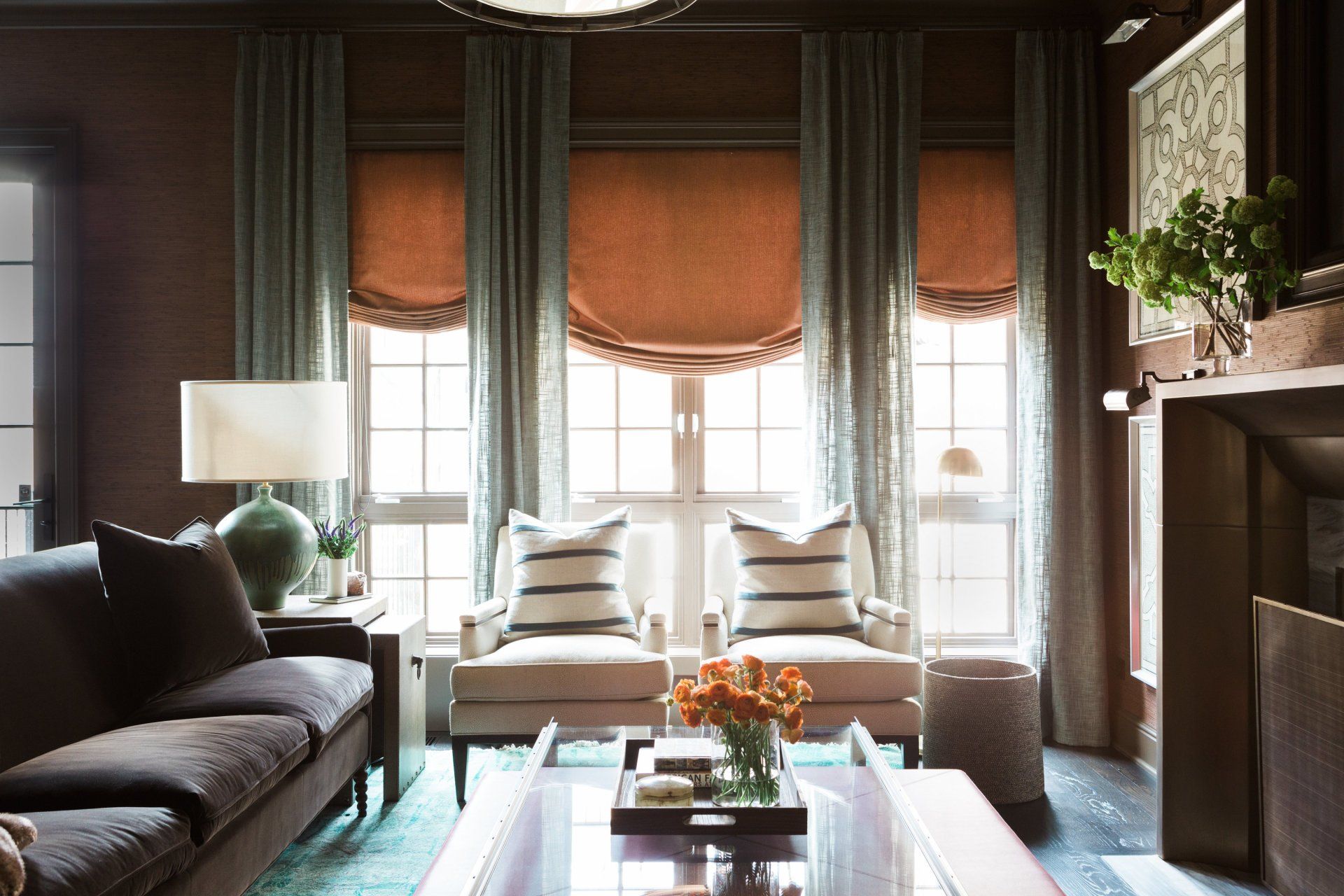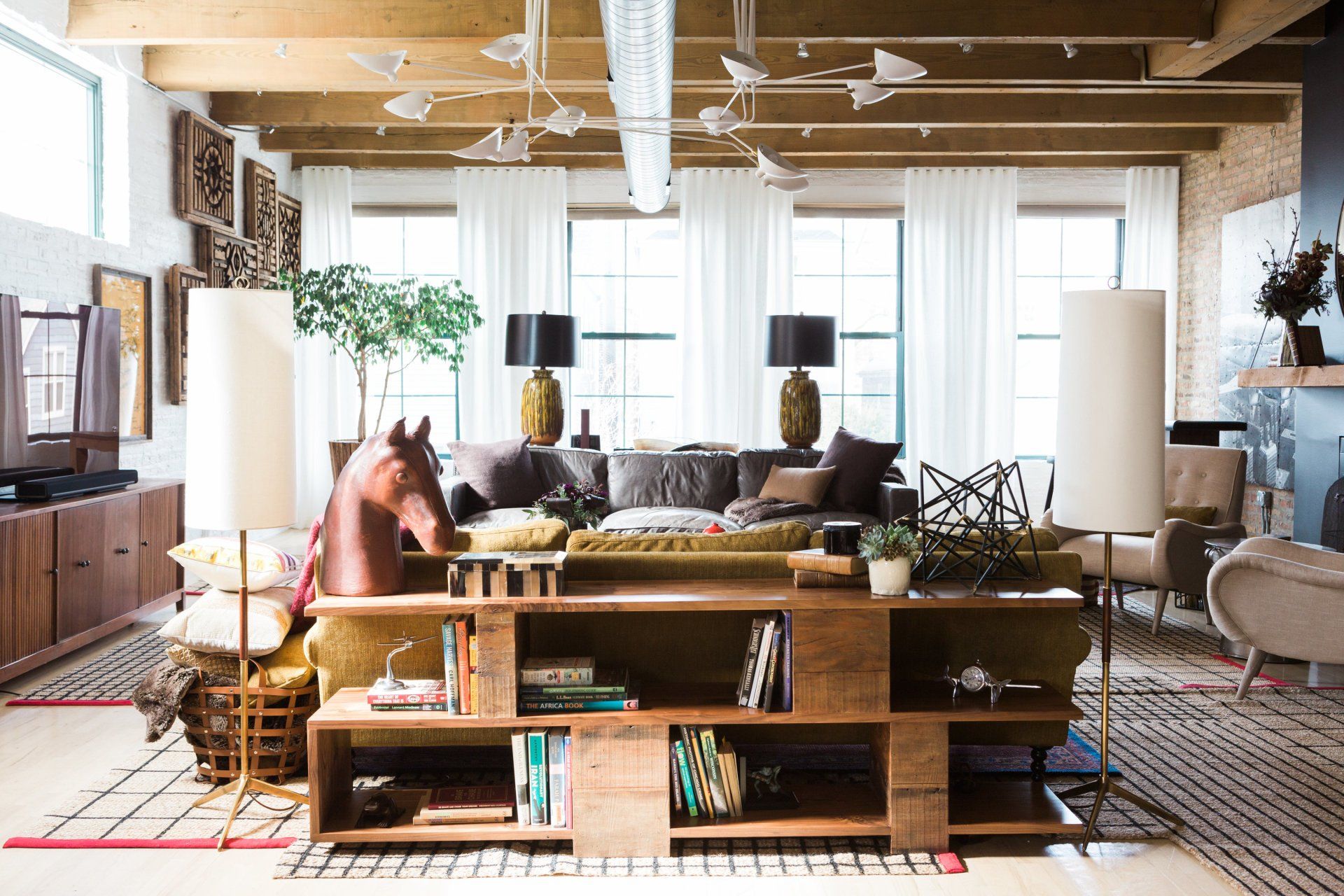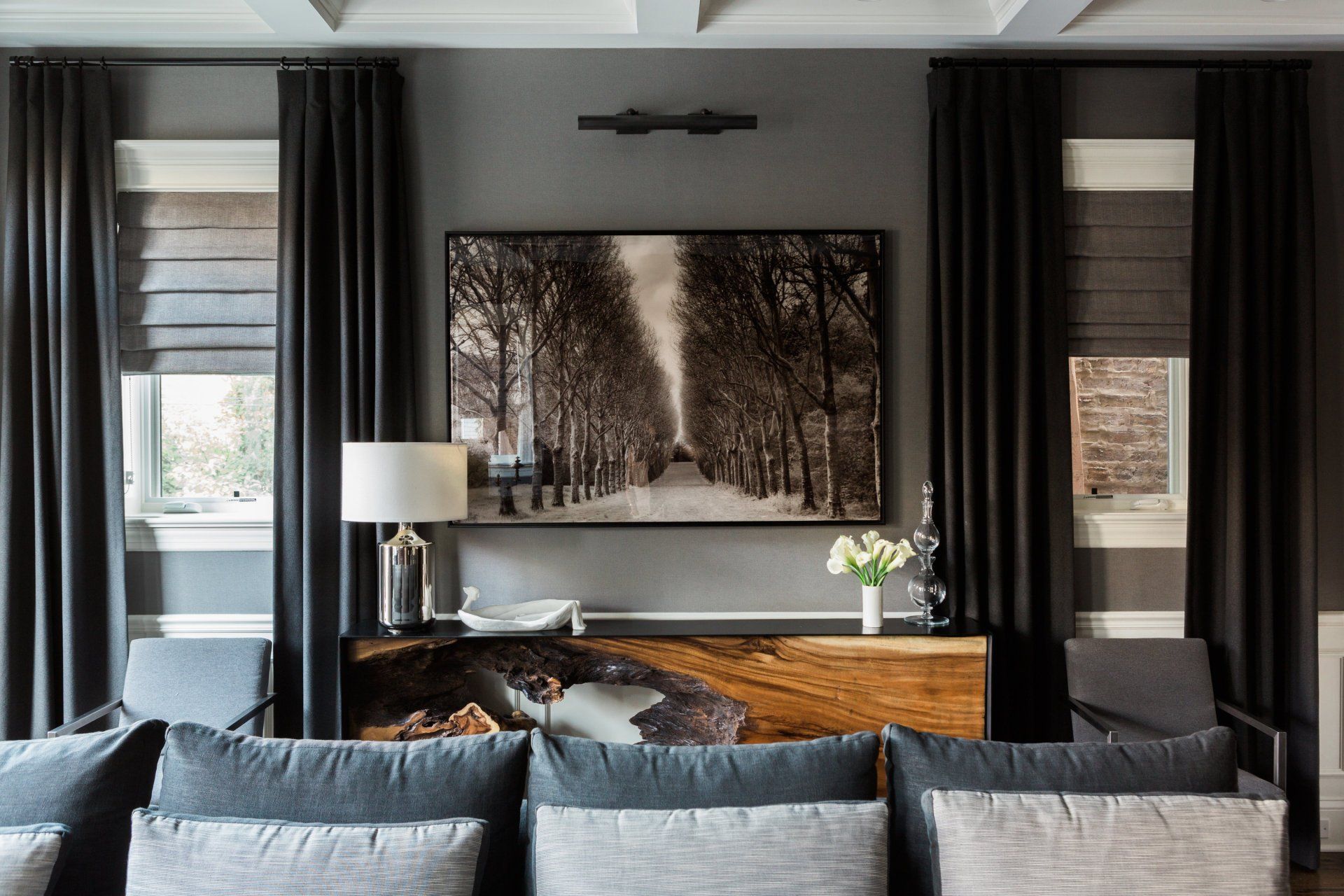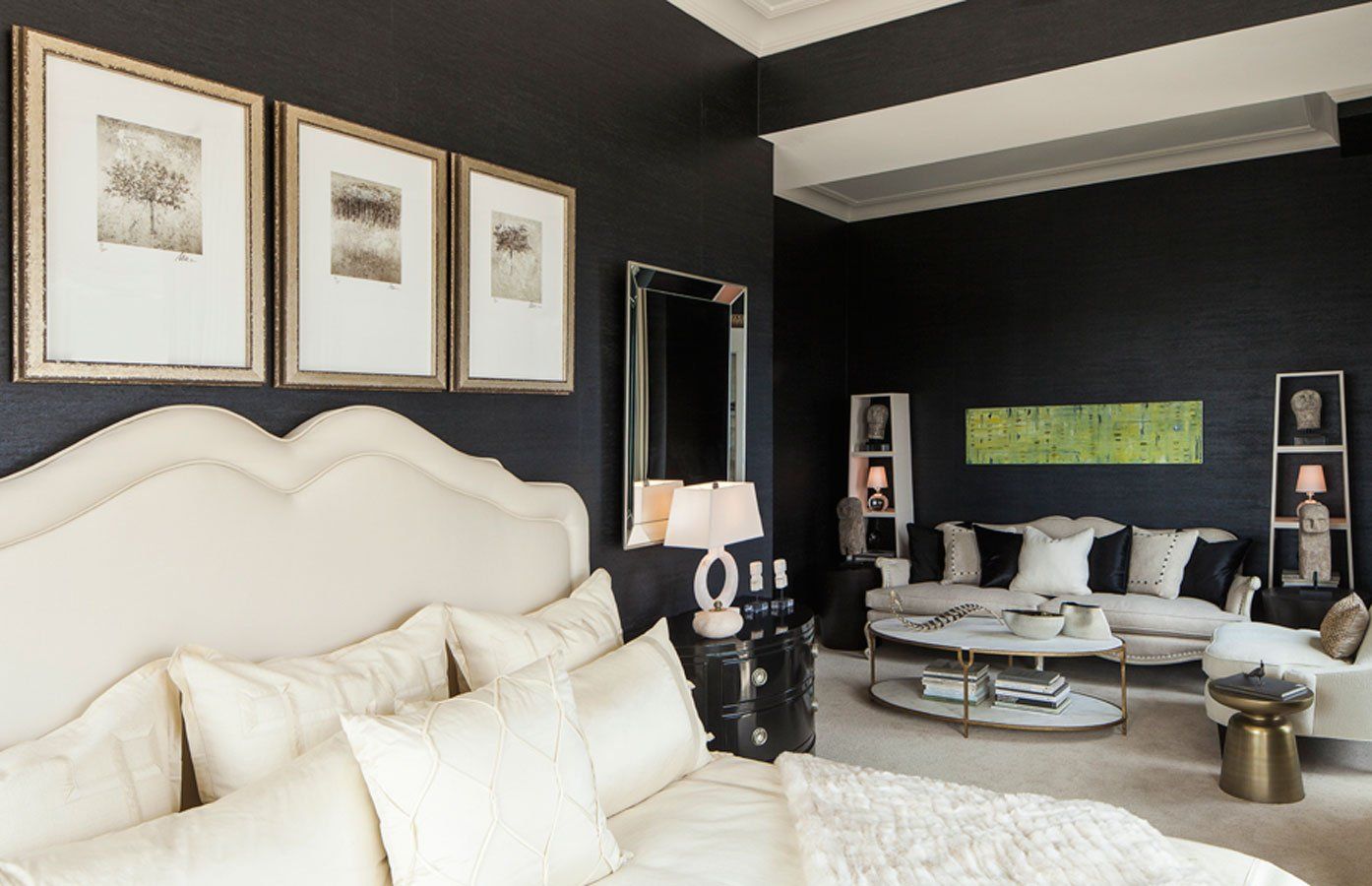The Ultimate Guide How to Choose a Color Palette for your home
Mastering the Art of Color Selection

Choosing the perfect color palette for your home is a deeply personal and creative process that can significantly impact the look and feel of your living space. Colors have the power to evoke emotions, create a sense of harmony, and reflect your personality and style. Whether you're embarking on a full home renovation or simply looking to refresh a room, understanding how to choose a color palette for your home can make all the difference.
In this interior design guide, we'll explore the fundamentals of how to choose an interior design color palette for your home, color theory, how to assess your space, and practical tips for selecting the perfect color palette for every room in your home. Whether you prefer a bold and vibrant look or a serene and calming atmosphere, we'll help you navigate the world of color to create a home that feels uniquely yours.
How to Choose a Color Palette for Your Home
Color theory is the foundation of any successful color palette. By understanding how to choose a color palette for your home, you can create a palette that not only looks good but also feels right for your space. Consider the following concepts:
- Warm vs. Cool Colors: Warm colors like red, orange, and yellow can create a sense of coziness and intimacy, perfect for creating a welcoming living room or bedroom. Cool colors like blue and green, on the other hand, can evoke feelings of calmness and relaxation, ideal for a tranquil bathroom or study.
- Complementary Colors: Complementary colors are colors that are opposite each other on the color wheel, such as blue and orange or purple and yellow. When used together, they create a vibrant and dynamic look that can add visual interest to any room.
- Analogous Colors: Analogous colors are colors that are next to each other on the color wheel, such as blue and green or red and orange. These colors create a harmonious and cohesive look that is pleasing to the eye.
Assessing Your Space
When selecting colors for a room, the size and lighting play crucial roles in the overall ambiance. For smaller spaces, lighter hues like soft creams, pastel blues, or pale grays can help create an illusion of more space, making the room feel airy and open. On the other hand, darker shades such as deep blues, rich greens, or warm browns can add depth and coziness to larger rooms, creating a more intimate setting. Considering how to choose a color palette for your homeis important in this regard.
The amount and direction of natural light in a room can also significantly impact how colors are perceived. Rooms with ample natural light can showcase lighter colors beautifully, enhancing their brightness and freshness.
Choosing a Base Color
The initial phase of choosing a color palette involves selecting a base color for each room, a pivotal decision that establishes the overall ambiance and is crucial in how to choose a color palette for your home. This base color serves as a foundation and can be applied to the walls or serve as a dominant hue within your decor scheme. Neutral tones such as white, beige, or gray are exceptionally versatile, and capable of acting as a backdrop for an array of accent colors. Beyond their adaptability, neutral hues also bring a sense of equilibrium and serenity to a room, setting a harmonious tone for the space.
Selecting Accent Colors
Once you have chosen a base color, you can select one or two accent colorsto add depth and interest to the room. Accent colors can be used in furniture, accessories, and decor items like rugs and curtains. Consider using complementary or analogous colors to create a cohesive and visually appealing look. For example, if your base color is a soft gray, you could use navy blue and mustard yellow as accent colors to create a modern and sophisticated palette. This step is crucial in how to choose a color palette for your home, as it adds personality and style to the overall home design scheme.
FAQs
Q1. How to choose a color palette for your home that reflects my personal style?
Start by considering colors that you're naturally drawn to. Look at your wardrobe and the colors you already have in your home for inspiration.
Q2. Should I follow current trends when choosing a color palette?
While it's important to be aware of current trends, it's more important to choose colors that you love and that work well in your space.
Q3. How can I test paint colors before committing?
Many paint companies offer sample-sized cans of paint that you can use to test colors on your walls. You can also paint a small section of your wall or use peel-and-stick paint samples to see how colors look in different lighting conditions.
Conclusion
With careful consideration and a bit of experimentation, you can create a color palette that reflects your style and personality while also providing a comfortable and inviting environment for you and your family. This is an essential aspect of how to choose a color palette for your home. Ready to transform your home with a stunning color palette? Contact us today for expert advice and personalized color recommendations!
